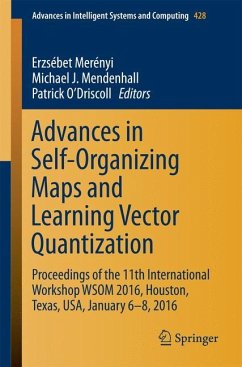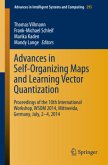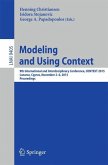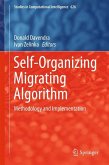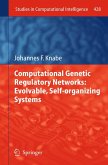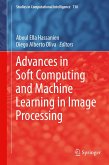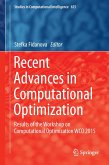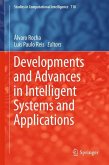This book contains the articles from the international conference 11th Workshop on Self-Organizing Maps 2016 (WSOM 2016), held at Rice University in Houston, Texas, 6-8 January 2016. WSOM is a biennial international conference series starting with WSOM'97 in Helsinki, Finland, under the guidance and direction of Professor Tuevo Kohonen (Emeritus Professor, Academy of Finland). WSOM brings together the state-of-the-art theory and applications in Competitive Learning Neural Networks: SOMs, LVQs and related paradigms of unsupervised and supervised vector quantization.The current proceedings present the expert body of knowledge of 93 authors from 15 countries in 31 peer reviewed contributions. It includes papers and abstracts from the WSOM 2016 invited speakers representing leading researchers in the theory and real-world applications of Self-Organizing Maps and Learning Vector Quantization: Professor Marie Cottrell (Universite Paris 1 Pantheon Sorbonne, France), Professor Pablo Estevez (University of Chile and Millennium Instituteof Astrophysics, Chile), and Professor Risto Miikkulainen (University of Texas at Austin, USA). The book comprises a diverse set of theoretical works on Self-Organizing Maps, Neural Gas, Learning Vector Quantization and related topics, and an excellent variety of applications to data visualization, clustering, classification, language processing, robotic control, planning, and to the analysis of astronomical data, brain images, clinical data, time series, and agricultural data.
Bitte wählen Sie Ihr Anliegen aus.
Rechnungen
Retourenschein anfordern
Bestellstatus
Storno

